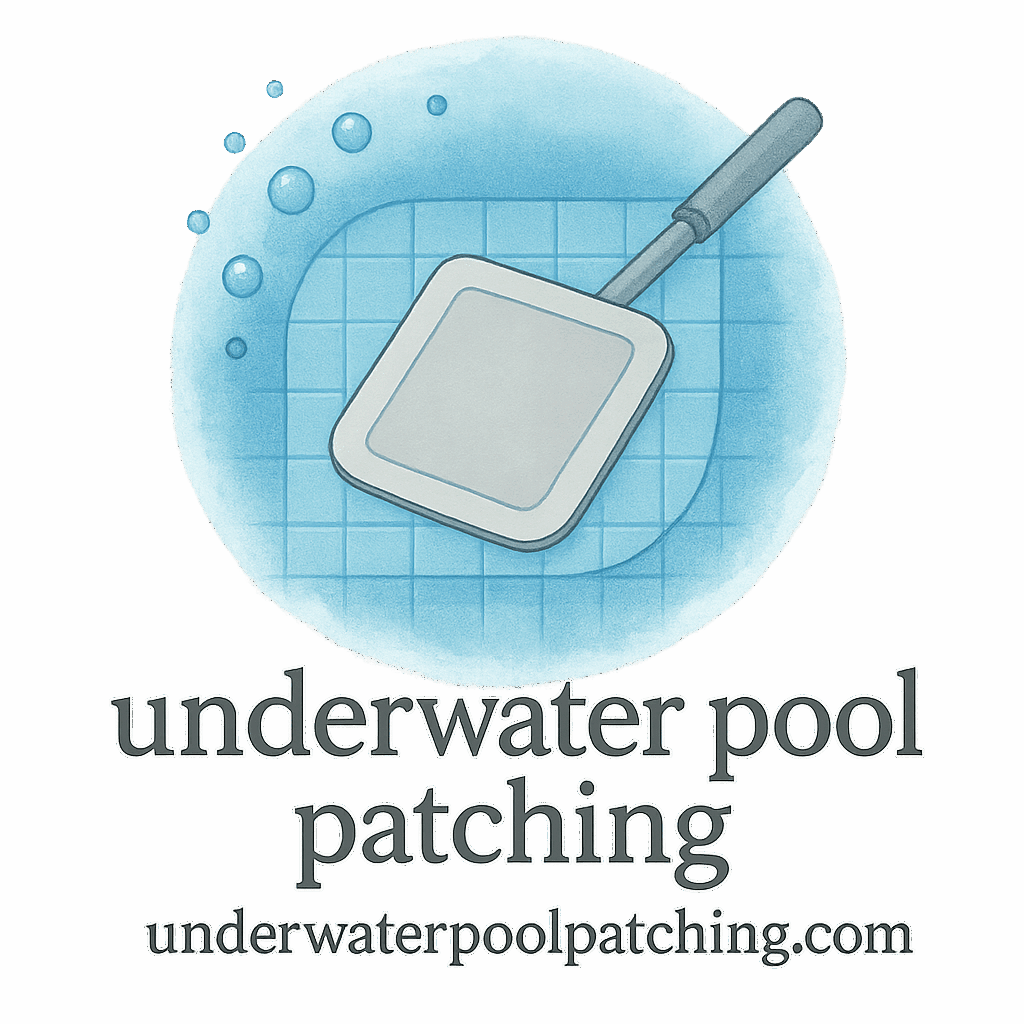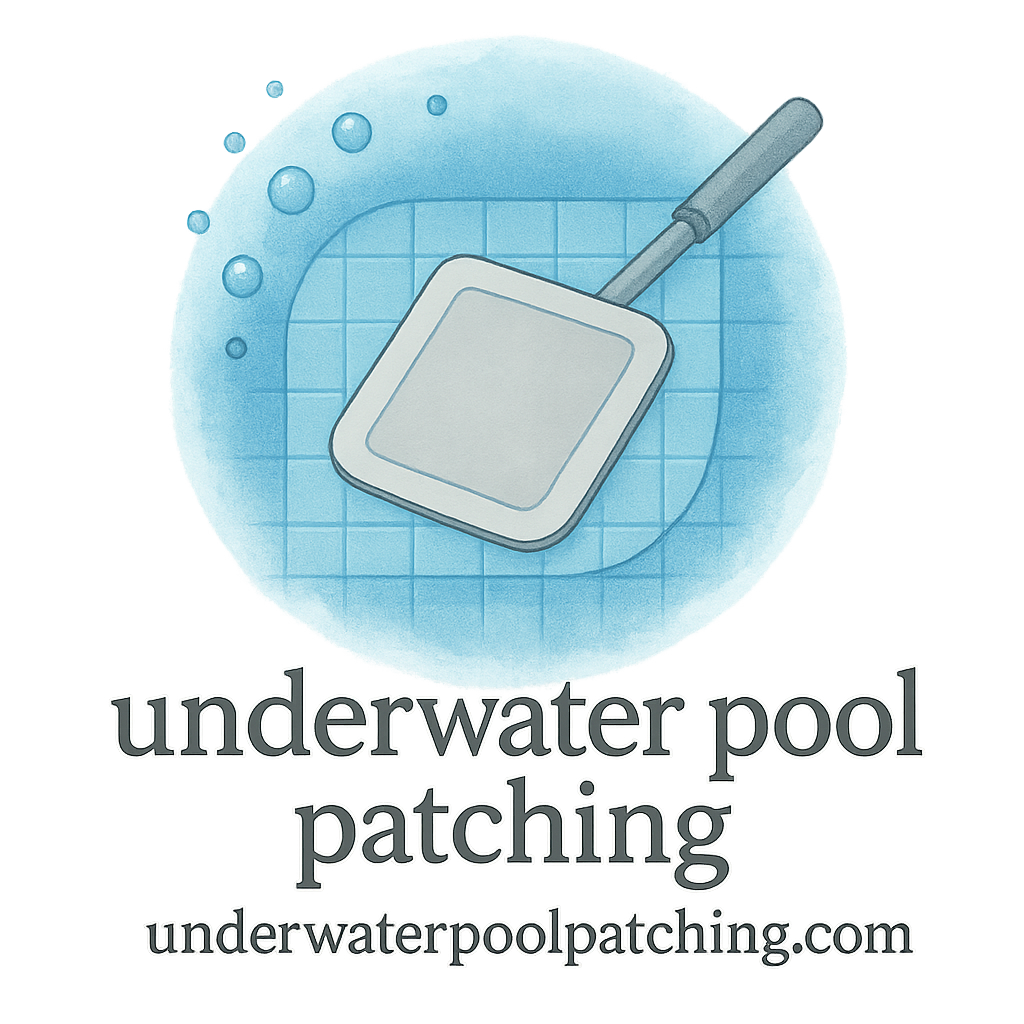Introduction to Post-Application Pool Cleaning
So, you’ve just finished applying pool care treatments—whether that’s chemicals, sealants, or patches. Now what? The real secret to a long-lasting, sparkling pool isn’t just in the application process; it’s in what you do afterwards. Cleaning your pool post-application ensures those treatments actually work their magic without leaving behind residue, cloudy water, or surface damage.
Why Cleaning After Pool Applications Matters
Cleaning routines aren’t just about keeping your pool looking nice. They play a direct role in how effective your pool treatments are and how long your pool equipment lasts.
Protecting Pool Surfaces
Improper cleaning after an application can allow chemical residue or debris to sit on surfaces, slowly eating away at tiles, liners, or plaster. A quick clean helps maintain your pool’s structure and aesthetic appeal.
Avoiding Chemical Build-up
Skipping post-application cleaning may lead to excess chemical build-up, causing cloudy water, skin irritation, or even damage to pumps and filters.
Extending Pool Equipment Life
Your filter, skimmer, and vacuum all work overtime after treatments. Cleaning ensures they don’t clog, break down, or shorten their lifespan prematurely.
Routine #1: Skim and Remove Floating Debris
Tools You’ll Need
A sturdy leaf skimmer or net is essential. If you want to make it easier, consider a telescopic pole that can reach all corners of the pool.
Best Time to Skim
Right after application and daily for a few days afterward. This ensures leaves, bugs, and floating residue don’t sink to the bottom and complicate your cleaning routine.
Routine #2: Brush the Pool Walls and Floor
Targeting Algae and Residues
Brushing dislodges algae spores, dirt, and chemical residues that cling to surfaces. This is especially important after applying algaecide or flocculant.
Choosing the Right Brush
- Nylon brushes for vinyl and fiberglass pools.
- Stainless steel brushes for concrete and gunite pools.
Use firm, consistent strokes, especially along steps, ladders, and corners where buildup loves to hide.
Routine #3: Vacuum the Pool Thoroughly
Manual vs. Automatic Vacuuming
- Manual vacuums give you more control and are better for spot-cleaning areas where residue has settled.
- Automatic vacuums save time, running on their own while you handle other tasks.
When to Vacuum After Application
Vacuum at least 24 hours after application to allow treatments to settle and work properly. This way, you’re removing debris, not wasting chemicals.
Routine #4: Backwash and Clean the Filter
Signs Your Filter Needs Cleaning
- Water looks cloudy.
- Pool jets lose pressure.
- Pressure gauge rises above the normal range.
Step-by-Step Backwashing Guide
- Turn off the pump.
- Set the filter valve to “Backwash.”
- Restart the pump and let water run until it’s clear.
- Turn off the pump again and reset the valve to “Filter.”
- Restart the system.
Regular backwashing keeps your filter functioning efficiently after chemical or patch applications.

Routine #5: Test and Balance Pool Water
Importance of pH, Chlorine, and Alkalinity
Balancing water chemistry prevents skin irritation, corrosion, and algae growth. Aim for:
- pH: 7.2–7.6
- Chlorine: 1–3 ppm
- Total Alkalinity: 80–120 ppm
Tools and Kits for Accurate Testing
Liquid test kits provide the most accurate results, but digital testers are great for convenience. Don’t rely on “guessing”; accurate numbers make all the difference.
Routine #6: Inspect for Leaks and Patch Needs
Common Leak Spots to Check
Check around ladders, return lines, steps, and the pool floor. A sudden drop in water level is also a big giveaway.
When to Apply Underwater Patches
If you spot small tears or cracks, fix them right away with underwater patching materials. Waiting only makes the issue worse—and more expensive. Learn step-by-step repair strategies at repair techniques.
Extra Tips for Maintaining a Sparkling Pool
Create a Cleaning Schedule
Set specific days for brushing, vacuuming, and testing water. Consistency is what keeps your pool truly low-maintenance.
Use Eco-Friendly Cleaning Options
Instead of harsh chemicals, explore natural clarifiers and biodegradable cleaners. They’re gentler on both your pool and the environment.
Common Mistakes to Avoid After Applications
Overusing Chemicals
Adding more isn’t better. Too many chemicals can cause irritation, cloudy water, and equipment damage.
Ignoring Routine Skimming
Debris left floating breaks down and feeds algae growth. A quick daily skim goes a long way.
Budgeting and Cost-Saving in Pool Cleaning
Affordable Tools Worth Investing In
Quality skimmers, brushes, and test kits may cost upfront but save you endless headaches and money later.
Long-Term Savings Through Maintenance
A strong maintenance plan means fewer costly repairs. Think of it like car maintenance—spend a little now, save a lot later. Explore practical guides on cost budgeting and money-saving tips.
Final Thoughts on Post-Application Cleaning
A pool isn’t just water and chemicals—it’s an investment in your lifestyle and home. By following these six cleaning routines, you’re not only protecting your pool but also making sure every application you do pays off. Remember, it’s the little things—skimming, brushing, vacuuming, testing—that keep the big problems away. So, the next time you finish applying treatments, grab your skimmer and brush. Your future self (and your pool) will thank you.
FAQs
- How soon should I clean after applying pool treatments?
Usually within 24 hours, but always follow the product instructions. - Do I need to vacuum if I already brushed my pool?
Yes! Brushing loosens debris, but vacuuming actually removes it. - How often should I backwash my filter after applications?
Check your pressure gauge; typically once every 1–2 weeks, but sooner if pressure spikes. - What’s the easiest routine to never skip?
Skimming! It takes just a few minutes but saves hours of deep cleaning later. - Can eco-friendly pool cleaners replace chemicals?
They can reduce your reliance on harsh chemicals, but you’ll still need basics like chlorine. - What if my pool still looks cloudy after cleaning?
Test your water balance. Cloudiness often means pH or chlorine is off. - Where can I learn more about fixing pool leaks or cracks?
Check guides on inspection and diagnosis or explore patch repair techniques.


